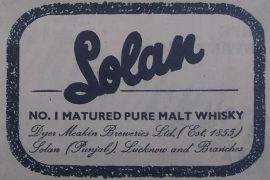Mohammad Sharifuddin spent his entire life surrounded by the smell of rotting flesh and industrial chemicals. He’s run his tannery shop for 30 years now, and says he can sense the smell – a little – but that he’s never fallen sick because of it.
While Mohammad and the shopkeepers of the tannery district in Bholakpur might not mind their work environment, their neighbours certainly do. In 2009, 14 people died and 469 were hospitalized from drinking contaminated water. This started a long process of governments trying to get the tanneries shifted from the city, and of residents complaining that their water had turned black, their air turned toxic from the fumes of burning plastic, and their pipes corroded from the chemically-saturated sewage.

Tanning leather is a chemically-intensive process that prepares animal hides for use in everyday leather products. It’s a race against time to prevent the flesh from putrefying from the time of the animal’ slaughter, although the process brings a smell as bad as that of rotting flesh. The outcome of pre-tanning, tanning and post-tanning operations is highly-toxic wastewater – at once acidic with alkaline, and carcinogenic with chromium. This waste ends up in the sewage system where effluents link up to larger water bodies, and ultimately seep into groundwater.
Copyright©Madras Courier, All Rights Reserved. You may share using our article tools. Please don't cut articles from madrascourier.com and redistribute by email, post to the web, mobile phone or social media.Please send in your feed back and comments to editor@madrascourier.com











